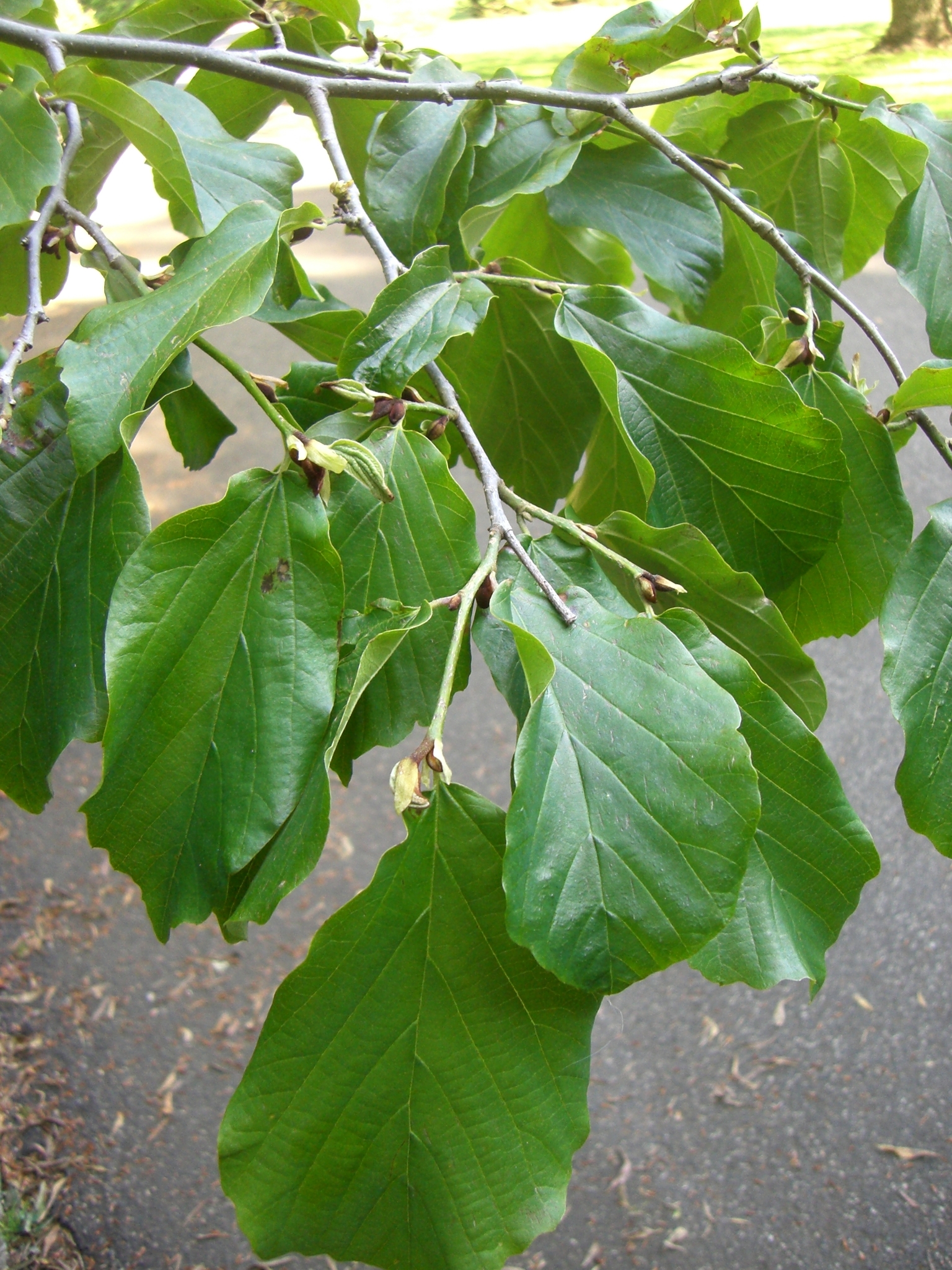
Commemorating F.W. Parrot (1792–1841) from Dorpat, Germany, a naturalist and traveller, later Professor of medicine.
Small, deciduous, widespreading tree, with star-shaped hairs. Bark flaking in plates. Leaves alternate, simple, entire. Flowers appearing before the leaves, petals absent. Sepals 5–7. Petals 0. Stamens 5–7, red. Fruit a woody, 2-valved, pointed capsule.
Parrotiopsis jacquemontiana is a rarely cultivated Himalayan tree differing from Parrotia in having non-flaking bark and 15 or more stamens that open by valves not longitudinal slits; it can be seen at 'Pirianda' in the Dandenongs, Victoria. It is the only species in this genus.
Layering, grafting (onto Witch Hazel), occasionally by cuttings under mist.
1 species from N Iran.
Source: (1997). Hamamelidaceae. In: . Horticultural Flora of South-eastern Australia. Volume 2. Flowering plants. Dicotyledons. Part 1. The identification of garden and cultivated plants. University of New South Wales Press.
